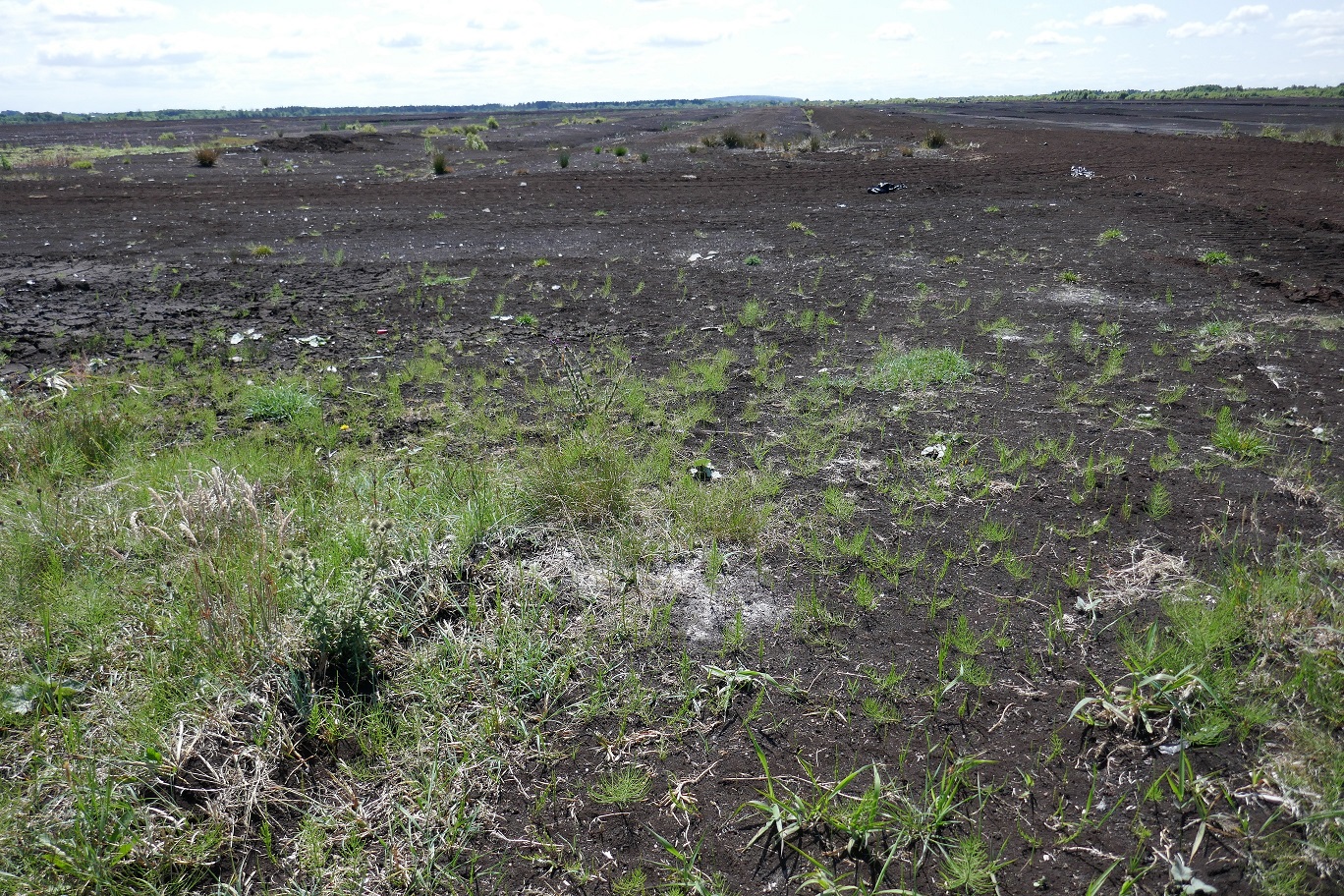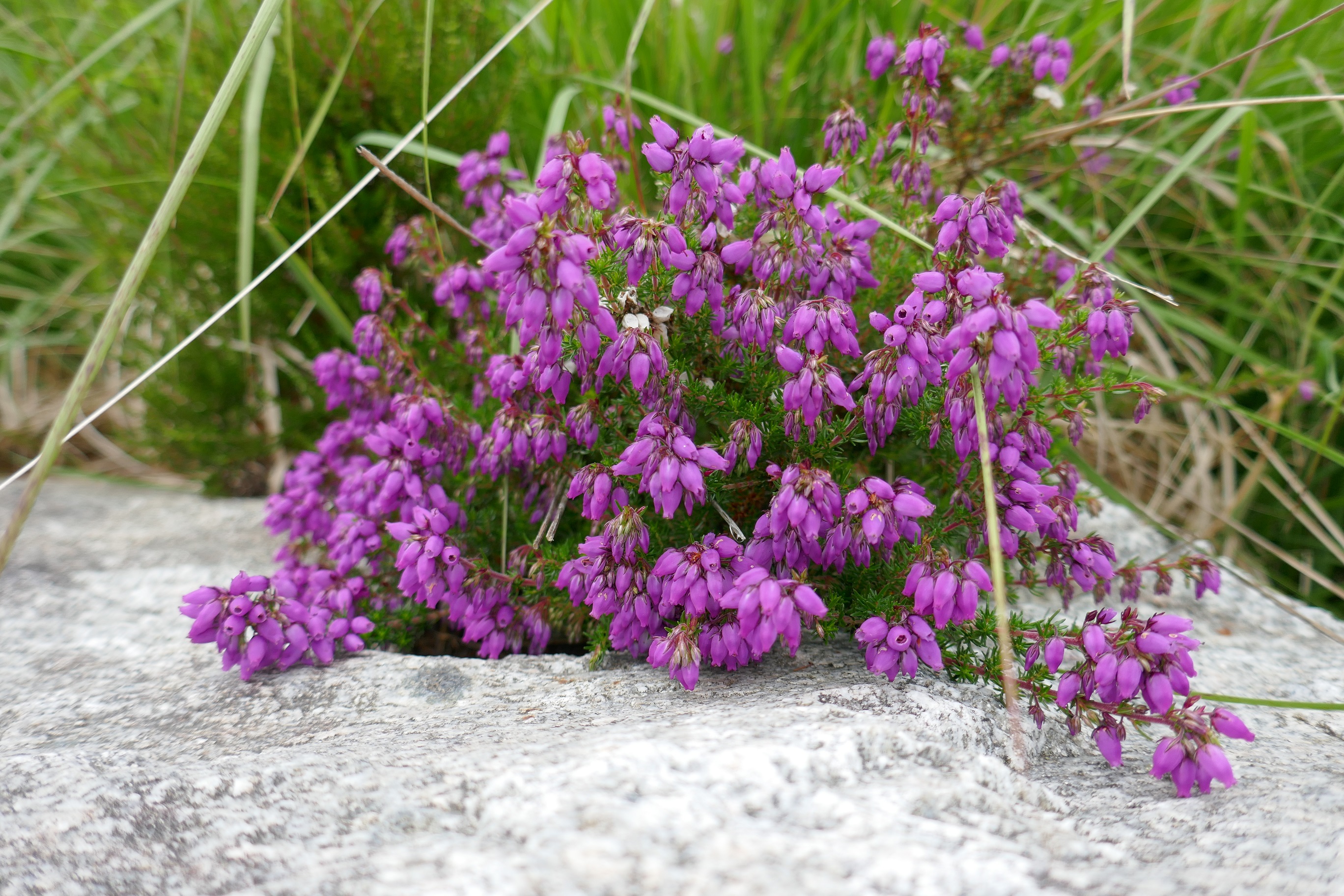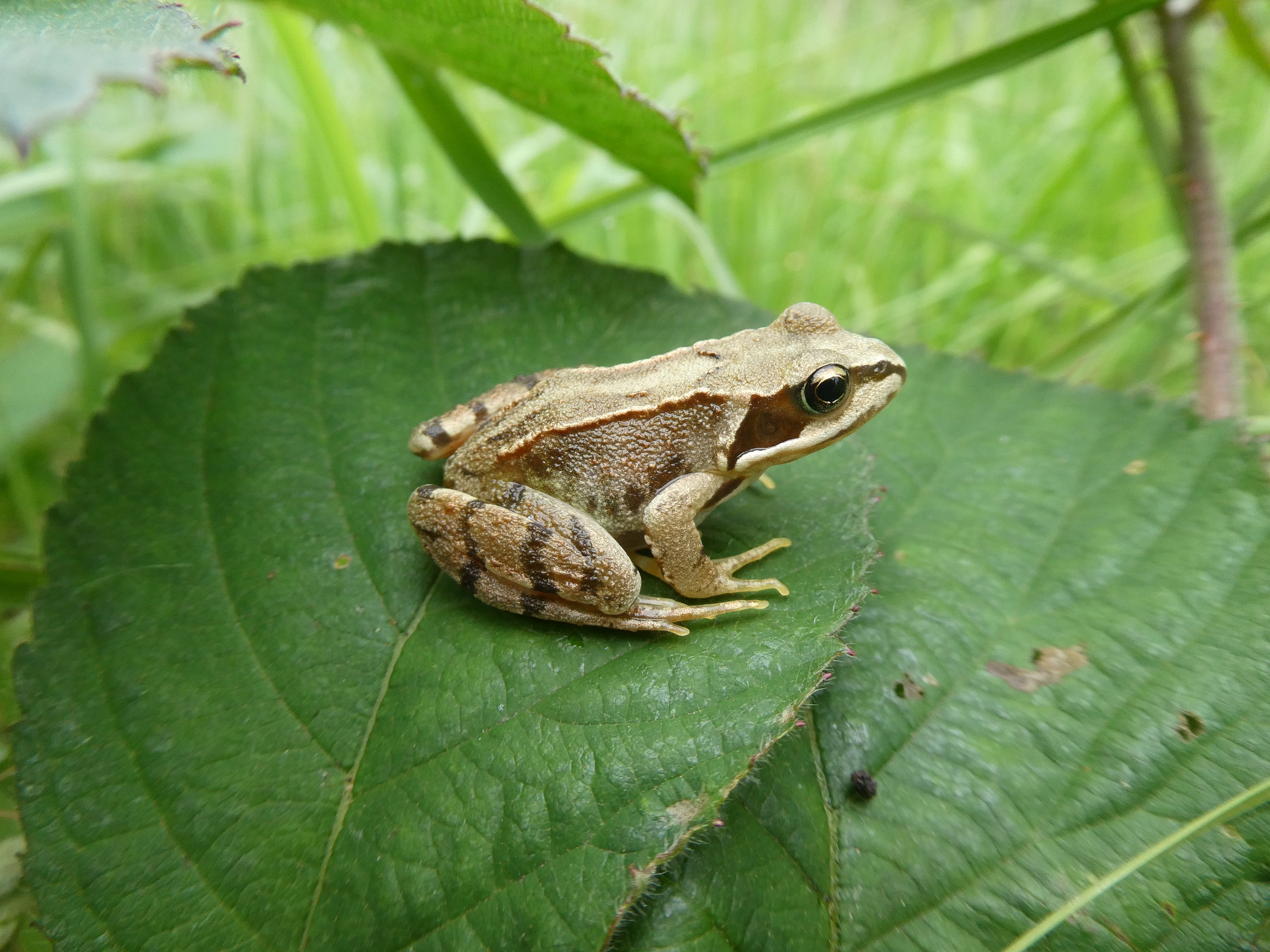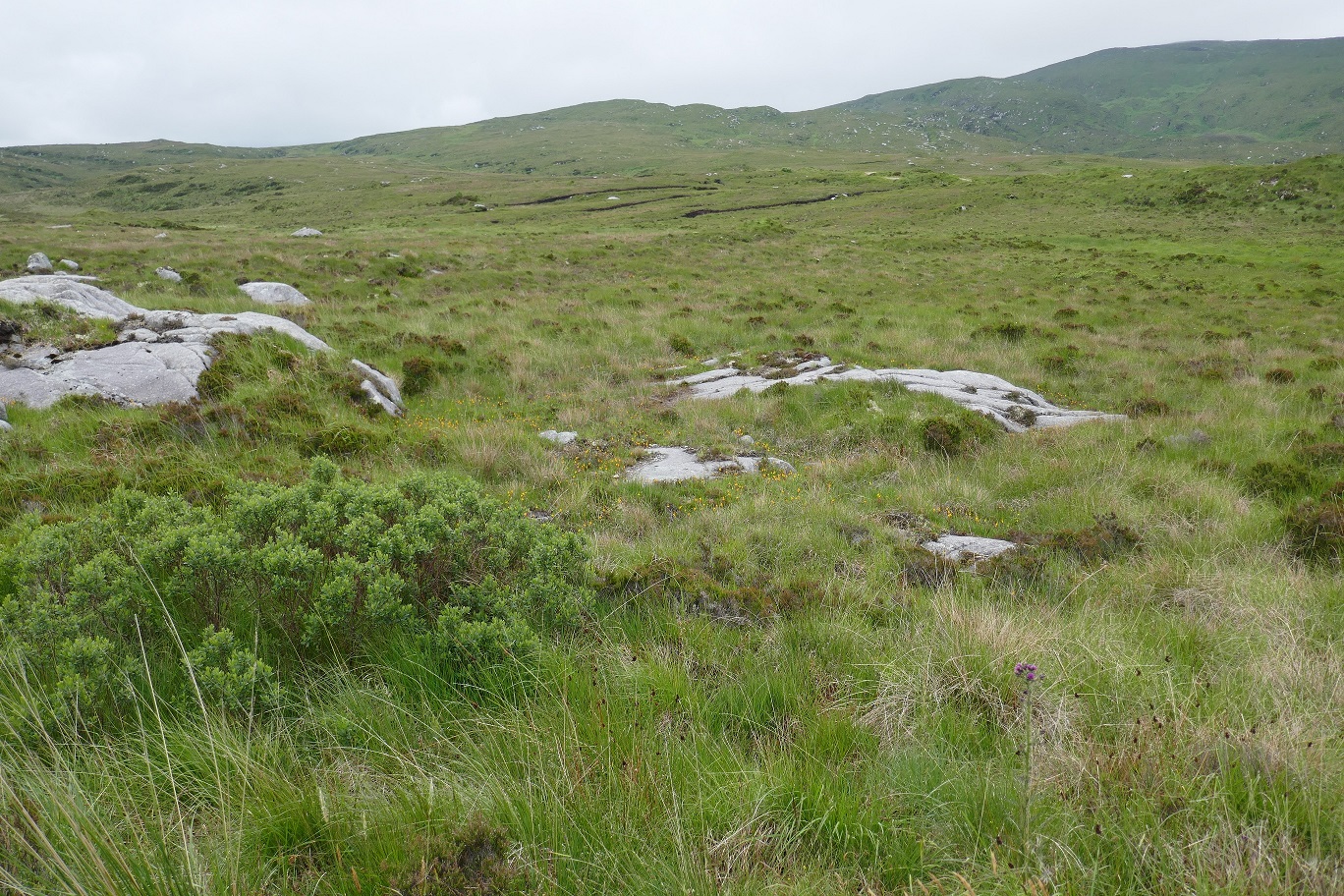I will lead them up and down. (III. ii) Midsummer Night’s Dream
In the 1992 EU Habitats’ Directive, member states of the European Union were obliged to protect from harm certain habitats. Member states were to submit sites to the EU as Special Areas of Conservation (SAC), according to criteria drawn up by the EU. The Directive was transposed into Irish law in 1997. Some bogs both raised and blanket bogs were designated as SACs. These are to be maintained and in some or even in all cases restored to the condition needed for full ecosystem functioning.
6,345 sq. km. of our land is designated as an SAC or 9% of the land area of the Republic of Ireland.
So much for what was supposed to happen. Now the truth.
The SAC bogs, instead of being maintained, are being destroyed by mining operations, reducing the bog area until in many cases the bog no longer corresponds to the criteria for which it was designated as an SAC. There are now moves to de-designate some of the SAC bogs that have been destroyed.
This ongoing damage is well-known to the Irish Government. Here is an extract from the National Parks and Wildlife Service (NPWS) description of All Saints’ Bog SAC:
An extensive area in the north-east corner of the bog, representing about 20% of the bog surface, is being cut for turf, with drains running into the eastern edge of the birch woodland. This appears to be leading to the bog drying out, as the surface is reported to be much drier than when first surveyed in the mid-1980s. (https://www.npws.ie/sites/default/files/protected-sites/synopsis/SY000566.pdf)
The damage is ongoing and is observed by NPWS using drones and aircraft, but nothing is being done. The steady march to oblivion of our national heritage is being ‘monitored.’
There is a weak scheme dated July 2021 called the Protected Raised Bog Restoration Incentive Scheme (PRBRIS) which is a voluntary scheme for owners and those with turf-cutting rights. This scheme offers payments to owners and those with turf-cutting rights whose land is within an SAC or National Heritage Area (NHA). These can opt to sell the land to the state or accept compensation for not cutting the bog (see https://www.npws.ie/sites/default/files/files/prbris-terms-and-conditions-english.pdf). The document states the cessation of peat-cutting and non-interference with the bog hydrology must be in perpetuity for its land management agreement scheme.
According to The Irish Farmers’ Journal (https://www.farmersjournal.ie/state-paying-up-3-700-ac-for-raised-bog-721076) around 59 acres of raised bog have been purchased since 2020, a mere 23.9 hectares.
Why does the state not purchase the raised bog SACs and National Heritage Areas (NHAs), and avoid the damage being wrought on our most sensitive habitats? The EU Commission has finally lost patience with the Irish Government (after warning the Irish Government about its inactivity since 2011) and on September 29th, 2022 it threatened to refer Ireland to the Court of Justice of the European Union within two months unless the Government takes effective action to halt the continued cutting of peat within Special Areas of Conservation (SACs) designated to conserve raised bogs and blanket bogs under the Habitats Directive.
The Commission notes:
cutting activities are still ongoing and enforcement action appears to have stalled. Restoration activities have begun on some raised bogs SACs, but this is too slow given the importance of this priority habitat and its precarious state. With regard to blanket bogs SACs, there appears to be no regime controlling ongoing cutting with the cutting for domestic use exempt from control.
The Commission has dragged its feet too, despite numerous complaints from Irish citizens and organisations. Soon there will be no bogs left to protect, and the issue will be dropped.


That is my personal reading of the situation and appears to be how turf-cutter representatives see it too. Recently, a spokesman for turf cutters countered calls for cutting to stop by saying that “It is coming to an end anyway.” It is coming to an end because the bogs are almost gone.
We are being led up and down. The Government has no interest in biodiversity, carbon absorption, flood and pollution control, or the rule of law when it comes to the environment, just doing as little as possible and getting away with it.
Without a dramatic change in attitude, there will be no chance for our bogs. Let us hope that attitudes don’t change when it is too late.

Attitude lies at the heart of this existential crisis for our bogs. Bogs have often been ignored or dismissed. Even the great naturalist and botanist, Robert Lloyd Praeger, had nothing positive to say about Ireland’s bogs:
Offaly…is the most bog-covered part of the Central Plain, no less than one-fifth of its area buried under that strange vegetable blanket. But the remainder makes up for this by being often pleasant well-farmed country, with plenty of trees and some good towns. (The Way that I Went, p. 237)
Praeger was and is wrong. Bogs are crucial habitats for rare biodiversity, such as the Eurasian Curlew, Merlin, Hen Harrier, Eurasian Skylark, Meadow Pipit, the Large Heath butterfly, a range of mosses and other bog specialist plants like Bog Rosemary. The area just above the bog surface teems with activity from late April to October, with bees, flies, moths and butterflies with the soundtrack of bog birds, from the Cuckoo to Willow Warbler, adding aural texture and warmth to the wilderness experience of an undulating habitat extending to the horizon, engendering a feeling of being a small individual in a vast void, with nothing between you and the sky. It is a landscape of dreams, of imagination, of escape from today’s bland, impoverished agricultural land where little remains of wildlife that once found their homes on the farm.

Do not buy peat, wherever it comes from, in any form, for any purpose. This defends our peatland heritage although it must be admitted that for most of our bogs, it is too late to save them as they were when R.L. Praeger dismissed them in the 1930s.

All Photographs by J. Harding

